[soundcloud url=”http://api.soundcloud.com/tracks/78600410″ params=”” width=” 100%” height=”166″ iframe=”true” /]
Last week I talked to Dave Jacke (primary author of Edible Forest Gardens) about his upcoming Australian tour of talks and workshops. We talked about consciously designing gardens like forest ecosystems that maximise food production, for backyard scale and beyond. Have a listen!
We also talked about designing for resilience, and establishing perennial food, fibre and medicine producing systems that anticipate change in the climate, and everything that flows from that.
Dave Jacke will be traveling through NSW, VIC and TAS in March this year, discussing, teaching and sharing his considerable knowledge of designing like a forest (as opposed to designing in a forest) as he goes. Come along! We’ll be there:
- Forest Garden Design Intensive: Milkwood Farm 18-26 March
- Sydney talk: 1 March
- Sydney workshop: 2-3 March
- Penguin (TAS) seminar: 7 March
- Melbourne Talk: 8 March
- Melbourne short course: 9-10 March
Apologies for the slight crackle on the line! Dave was in a gathering snowstorm. Such is the nature of this world we live in.

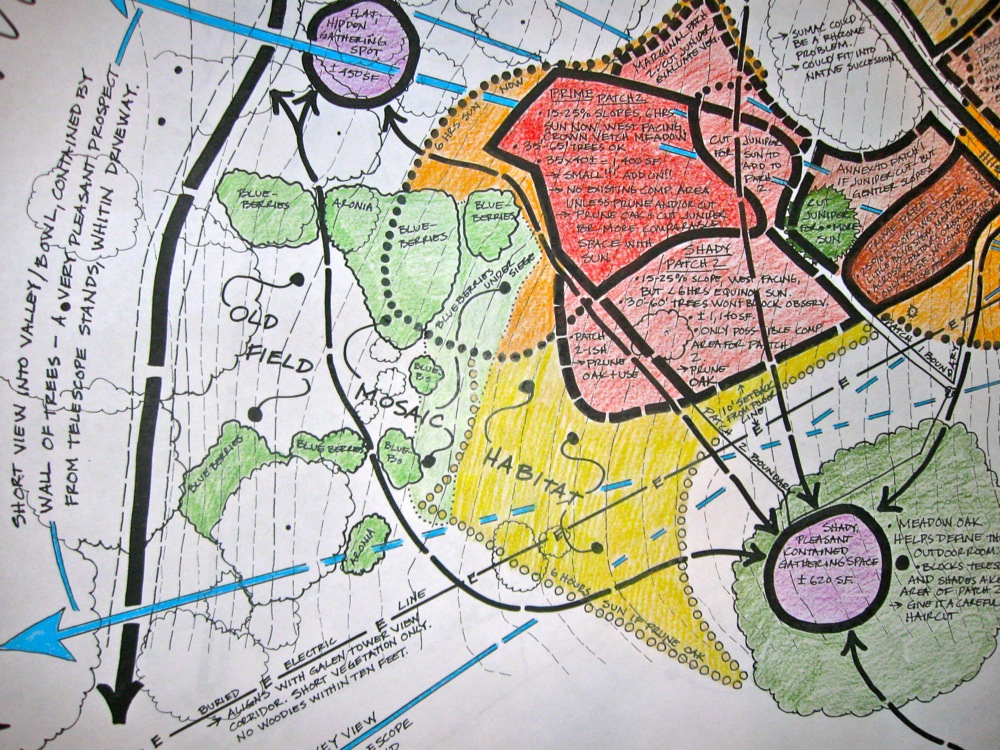
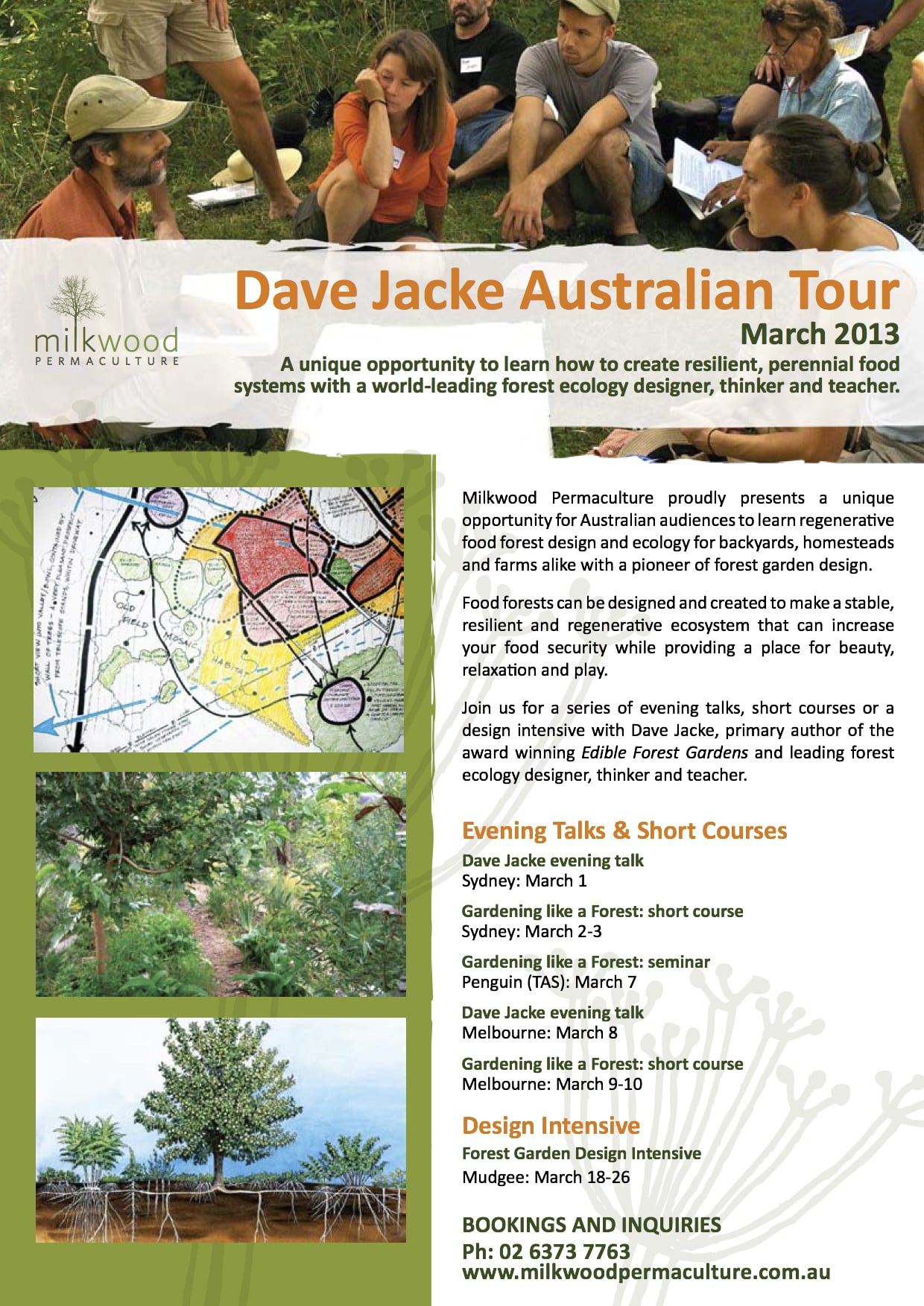
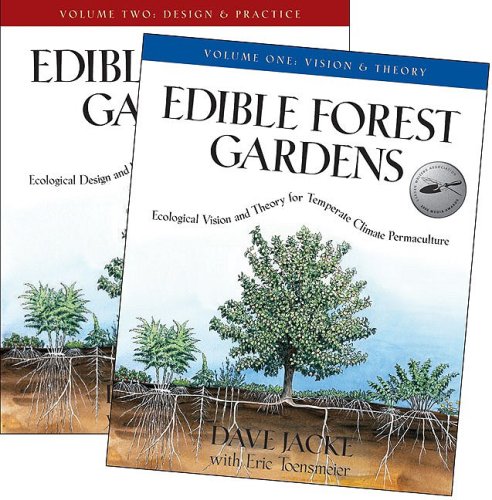
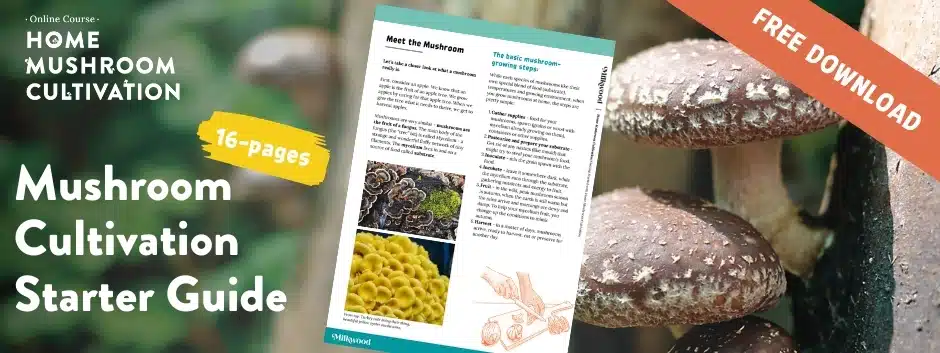
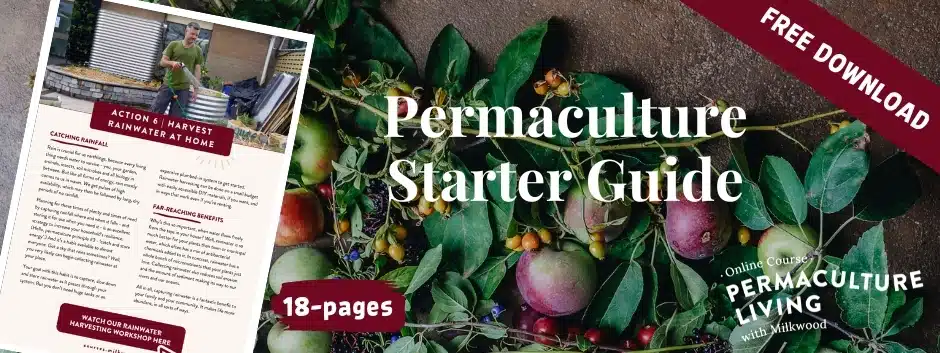
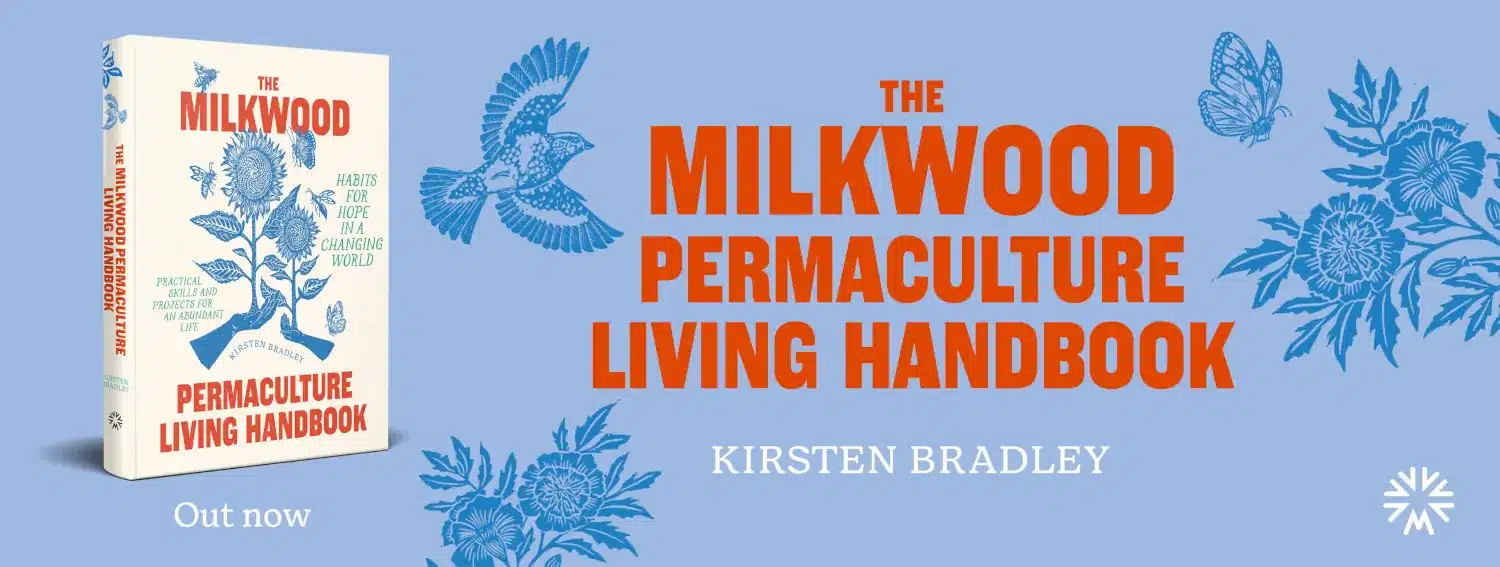
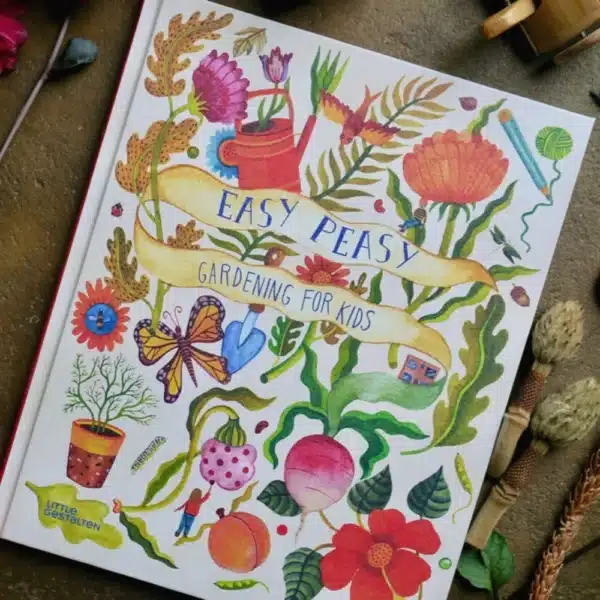
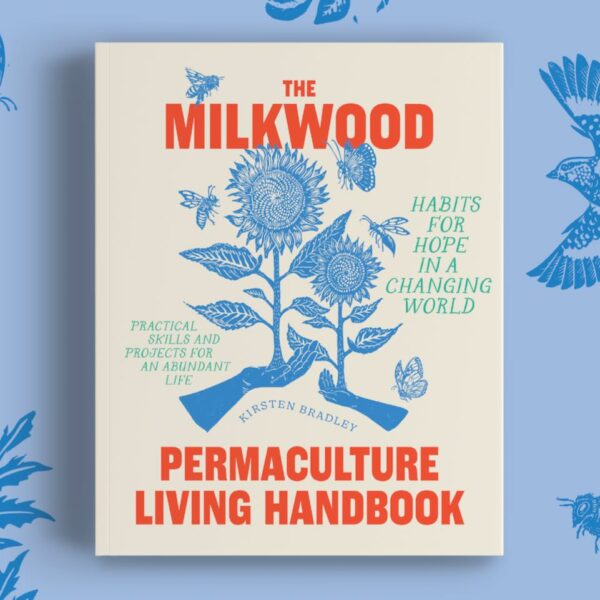
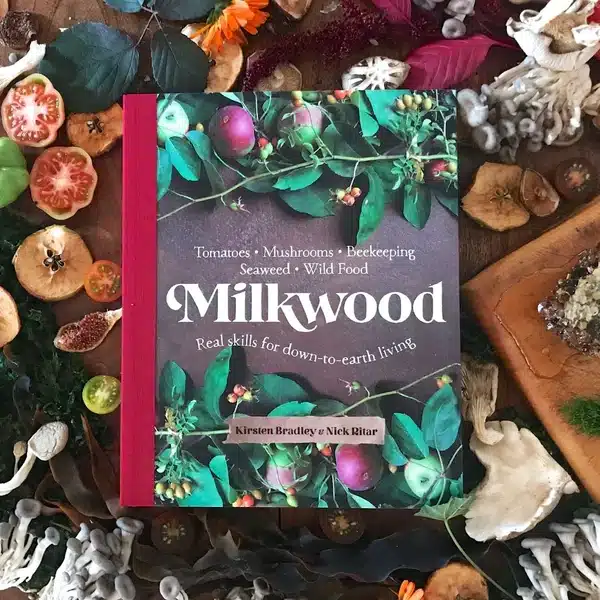






Reblogged this on Creative Resources, Bangladesh.
So great! Thank you so much for sharing. Hope to meet him one day 🙂
Thanks guys! Dave makes some important points about future-proofing for intensified drought/flood regimes using earthworks for water management – highly relevant to Oz.
My stackable Food Forest cluster design system is solving some of the questions according to the scalability and the productivity of the herb and ground cover layer.
http://permaculturenews.org/2013/01/23/manual-for-creating-a-community-food-forest-on-public-land/
Hi Andy, wow that’s an impressive work… have you read Dave’s books? You’ll find many correlations if not…
Hello Kirsten, just a fast skim read over some topics in Dave’s Edible Forest Garden book. I was reading about species cluster building for pollination. If you design a large Food Forest with several hectare you end up inevitably with species clustering. This is a naturally pattern that can be found in all *true* wilderness forests were non self-fertile species are the majority. I have this just developed further.